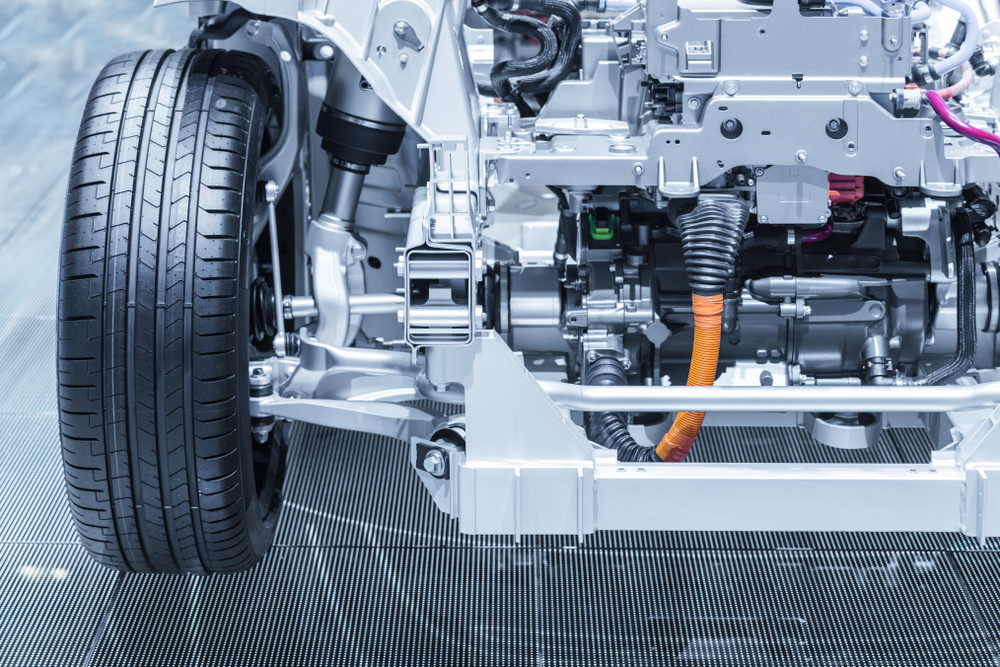Nickel-free powders for high performance components
Given the ongoing climate emergency, environmental issues have become drivers for technology development, particularly for Material Science. The traditional approach was based on the mere study of mechanical and chemical properties, but it has demonstrated its limits. Many materials have a high environmental impact throughout their lifecycle, thus requiring improvements in terms of recycling or reuse. In this context, Powder Metallurgy (PM) already provides environmental advantages over conventional manufacturing processes since it manufactures net-shape components from a wide range of alloys, thus reducing both material (no machining scrap) and energy consumption (melting is not required).
In particular, the goal of the NEWMAN project (Nickel frEe poWders for high-perforMAnce compoNents) is to drastically reduce the amount of nickel in the metal sintering contest. The project, supported by EIT RawMaterials, is demonstrating the actual impact of nickel-free powders for the production of high-performance components, in particular looking to three relevant aspects: economic validation, mechanical performance validation, environmental validation. These three validation actions are carried out simultaneously, and the results are continuously shared among partners, thus creating powerful synergies to maximise the nickel-free powders’ performance. Such demonstration is done thanks to two industrial end-users, Centro Ricerche Fiat (CRF) and VICIVISION.
CRF is testing the new nickel-free process (NFP) developed within the NEWMAN project (Astaloy 85Mo) for the manufacturing of shifter shaft sleeves of an automotive gearbox. The new part specification benefits from the lack of nickel and critical materials in general. This translates into relevant economic savings in terms of raw materials cost (-16 to 31% compared to alternative Distaloy powders) and weight reduction, as well as positively impacting, from the manufacturing process point of view, by substituting traditional manufacturing processes such as forging, casting and machining, both from the economic and environmental point of view (1.9 reduction ratio).
VICIVISION is substituting the pinion of the upper tailstock group of its quality inspection machines. Formerly the pinion was made of C40 steel (AISI-SAE 1040). The re-design phase of this component aimed to define a new geometry able to meet the requirement imposed by PM technology. It optimises the assembly operations and increases the reliability of the new component, which guarantees the required mechanical performance and long-term durability of the mechanism, thus offering VICI’s customers a more reliable solution while considerably reducing its cost (approx. 80%).
More details about the results of the NEWMAN project will be presented on 2 December at the event held at CRIT, where project partners, including the University of Bologna (coordinator) and Höganäs (commercialising partner), will report the outcome of the project.




